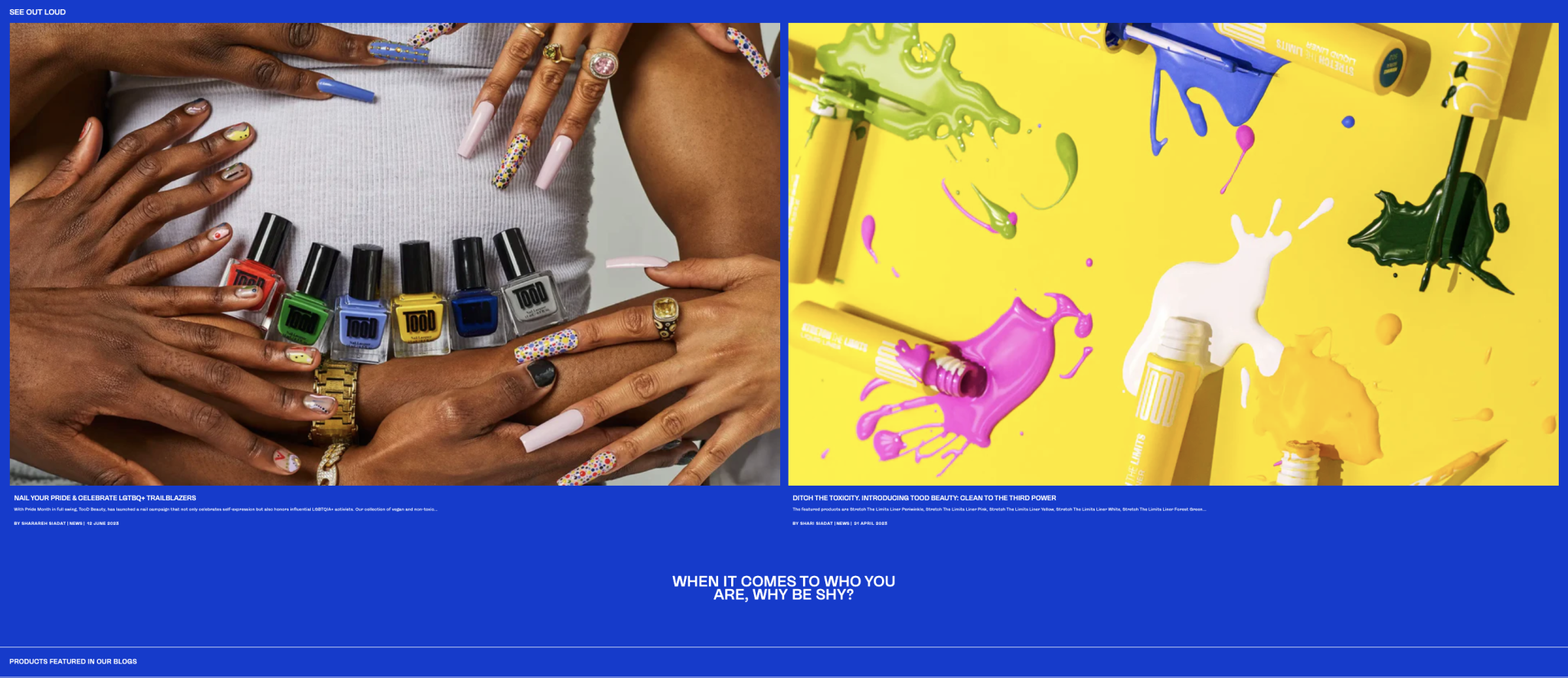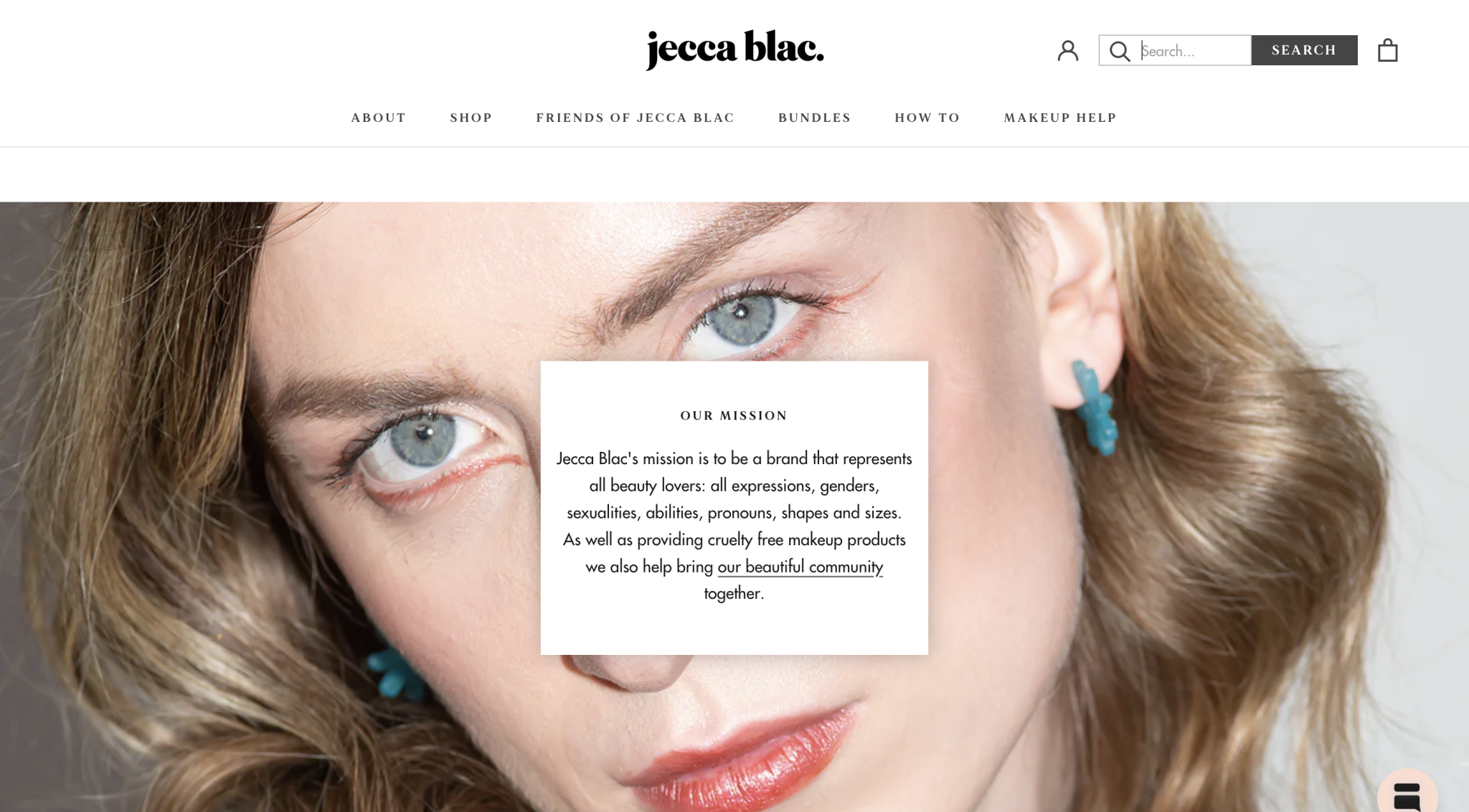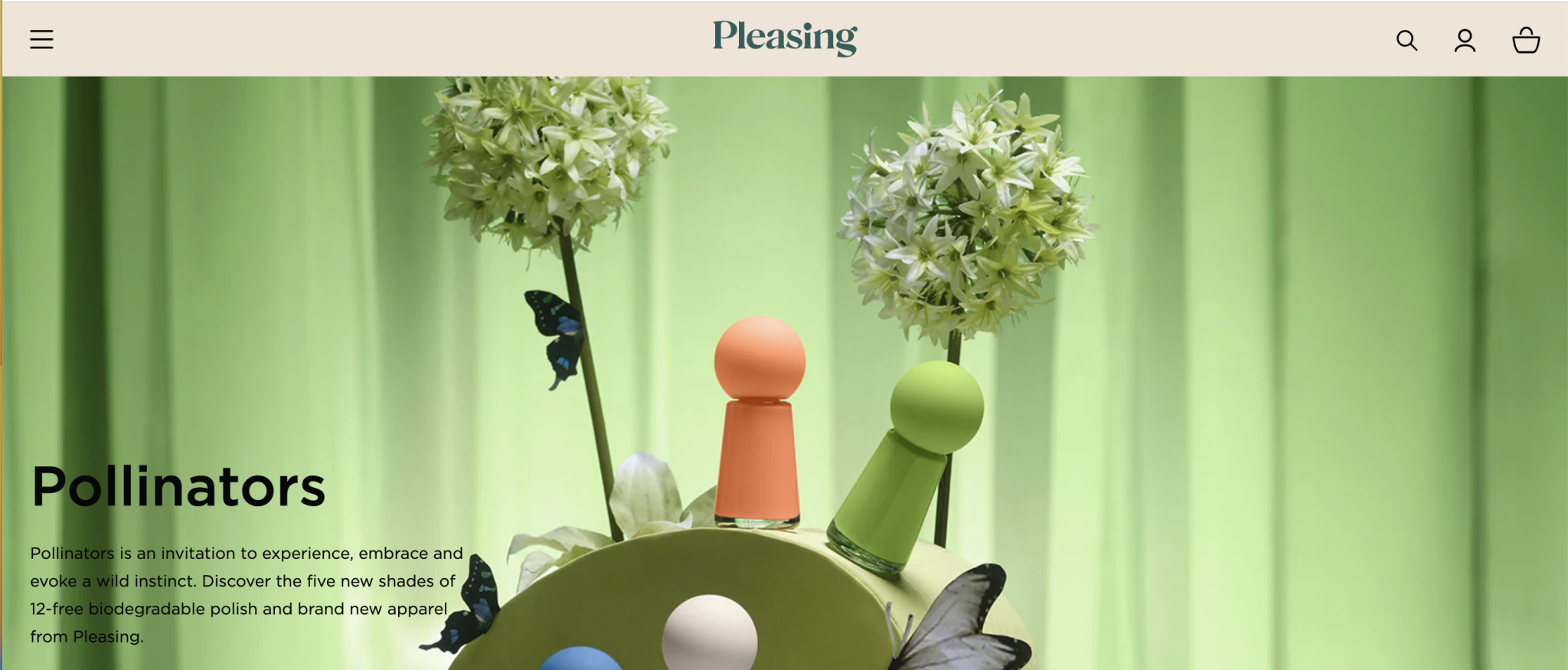The Future of Inclusive Beauty
In today’s world, inclusivity has become the norm in marketing, emphasizing diversity rather than privilege. Beauty brands, in particular, have a unique opportunity to lead the way in inclusive campaigns.
Implementing inclusive strategies not only has a positive impact on engagement and brand performance but also increases customer loyalty.
The global cosmetics market, valued at USD 262.21 billion in 2022, is projected to grow at a compound annual growth rate (CAGR) of 4.2% from 2023 to 2030, with the skincare sector being the most significant contributor.
When purchasing beauty products, consumers look to models, influencers, and celebrities as references. They seek products that cater to their specific age and ethnicity and expect to see beauty presented in all its diverse forms. However, many brands still predominantly represent Western beauty standards.
Nielsen’s report on multicultural consumers in the United States emphasizes the purchasing power of diverse consumer groups spending $3.9 trillion annually in the Beauty Industry. Additionally, a study by Accenture found that 41% of consumers have switched brands due to a lack of diversity or inclusion in marketing efforts. By breaking away from the norm and disrupting the beauty space, brands can truly stand out from the crowd.
By promoting self-acceptance and challenging societal beauty norms, brands can play an active role in fostering inclusivity and promoting diversity beyond their product offerings. Beauty brands prioritizing inclusivity gain a competitive edge in the market, differentiate themselves from competitors, and create a unique brand identity.
Here are some ways to improve your marketing efforts and make them more inclusive:
Shades of Beauty:
Developing inclusive foundation shades, concealers, and other complexion products to ensure that individuals of all ethnicities can find products that match their unique skin tones.
Ditching Gender norms:
Recognizing that beauty is not limited to specific genders and developing products and marketing campaigns that cater to a diverse range of gender identities.
Here are some examples of genderless beauty brands:
TooD- Beauty: Founded by Shari Siadat, TooD is a brand that seeks to reclaim beauty as a journey of self-expression and imagination.
Jecca Blac: The brand was created to provide a safe space for trans women to experiment with makeup.
Pleasing: Harry Styles is known for his bold nail-polish, so it is no wonder that he created a brand that celebrates being yourself regardless of age, gender, or sexuality.
Body Positivity and Realistic Beauty Standards:
Brands should celebrate and showcase diverse body shapes, sizes, and abilities by promoting body positivity in advertising campaigns, featuring models of various sizes, and reframing beauty standards to be more inclusive and accepting.
Sustainable Products:
There is increasing consumer demand for responsible and conscious consumption, and the future of inclusive beauty also involves a commitment to sustainability and ethical practices.
The Nielsen Global Sustainability Report found that 73% of consumers are willing to pay more for sustainable products. By focusing on environmentally friendly packaging, cruelty-free and vegan formulations, beauty brands can reach a larger audience.
Representation in Advertising:
A study by Gitnux on Diversity in Advertising reports that 71% of people expect brands to promote diversity and inclusion in their advertising.
By featuring various models and influencers in marketing materials, brands can authentically reflect different ethnicities, body types, ages, and gender identities. Beauty should not adhere to a one-size-fits-all approach.
A prime example of this is Rihanna’s Fenty Beauty makeup line, which Time Magazinehighlights for its unabashed celebration of inclusivity and the unprecedented spotlight it shines on the need for diverse beauty products.
Collaborations:
Consumers constantly seek influencers and celebrities who not only resemble them but also endorse an inclusive beauty space. By partnering with individuals who have a solid following and advocate for inclusivity, beauty brands can amplify their message to a larger audience.
The power of social media in this regard is undeniable. Research by Sprout Social reveals that 40% of consumers are more likely to trust a brand that showcases diversity and inclusion on social media.
User-Generated Content:
User-generated content, which often showcases diversity and inclusivity, significantly impacts consumers’ purchasing decisions. A 2021 Stackla survey found that 79% of consumers said such content influences their buying choices.
Encouraging consumers to share their diverse beauty stories and experiences can foster community and authenticity.
By embracing diversity and promoting inclusiveness, beauty brands can better connect with their target audience, build brand loyalty, and drive long-term growth in an ever-evolving industry.
At Hylink, we believe that incorporating inclusivity into beauty marketing campaigns is the gateway toward the future of the beauty industry. With our knowledge of creating inclusive campaigns, we can help you boost your brand’s visibility and reach a larger audience.



